61% dintre Tomahawk-uri (36 din 59) nu şi-au atins ţinta. Excluzând posibilele erori sau defecţiuni, se poate observa o eficienţă relativă a apărării AA ruso-siriene, chiar şi fără prea multe instalaţii "de proximitate" (specializate contra ţintelor "stealth"; Pantsir, de exemplu). O parte din rachete se pare că au fost trase pe deasupra Libanului şi fără acordul acestuia (?). Libanul, nu c-ar putea "crea probleme" americanilor, dar măsuri, tot va lua (Hezbollah e în coaliţia guvernamentală libaneză).
Russia Cuts Off Last Contact With US, Orders Pilots To “Attack At Will”:
According to this report, with the suspension of this memorandum of understanding between the Federation and US, Aerospace Forces (AF) operating in the Levant War Zone (Syria) are now operating under rules of engagement (ROE) allowing them to “attack at will” any American and/or NATO air or ground target they “feel/decide” threatens them without their first having to submit to higher command authority—and leading Prime Minister Dmitry Medvedev to grimly warn that America is now “on the verge of a military clash with Russia”.
The Tap Blog:
TAP – The mystery of the disappearing 36 Tomahawk missiles is puzzling military commentators. Russia won’t be letting anyone know what happened of course. In fact Russia will no doubt be laying a few false trails to keep her opponents guessing. No mention of high powered laser anti-missile systems anywhere, but how else could missiles effectively disappear? All the talk is of anti-missile missile systems being used. They would explode an incoming missile as well as exploding themselves. There would be missile carcasses to find and damage done where they fell. As for hand led MANPADs as featured in the below article, no chance. No doubt helpful against helicopters, and worth deploying, for which Russia now needs no excuses. She can send in the lot. Donald’s really been most helpful. All cooperation deals are off. US flies at risk from hereon same as Turkey. Russia is tooling up for the job.
kSPUTNIK NEWS POST –
j
Without Pantsir, Buk and Tor, S-400s Alone Not Enough to Cover Syria’s Skies
k
In the aftermath of Thursday’s Tomahawk cruise missile attack on the Ash Sha’irat airbase in Homs, Syria, Moscow vowed to strengthen its air defense umbrella over the country. Experts have already explained which systems need to be deployed to ensure Syria’s safety against future US attacks.
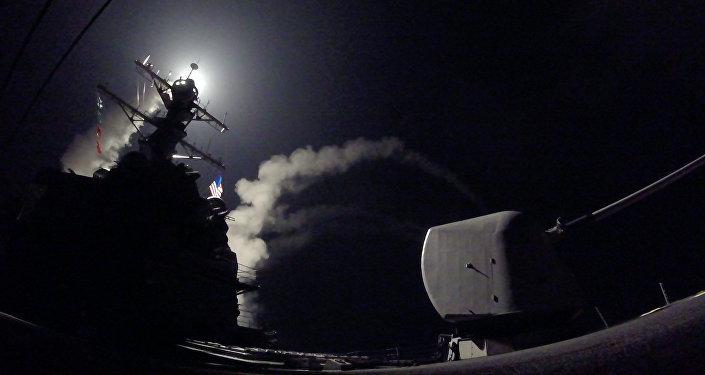
Russian experts, meanwhile, have also explained that Russia’s own air defense systems deployed in the country are marked for the pinpoint defense of Russian military objects in the country. Furthermore, they’ve pointed out that until Thursday’s incident, the Russian systems had operated in accordance with Moscow’s memorandum with Washington on avoiding incidents over Syria’s skies. This presumably meant that the air defenses wouldn’t target presumed ‘friendly’ US objects. On Friday, Moscow suspended the agreement.
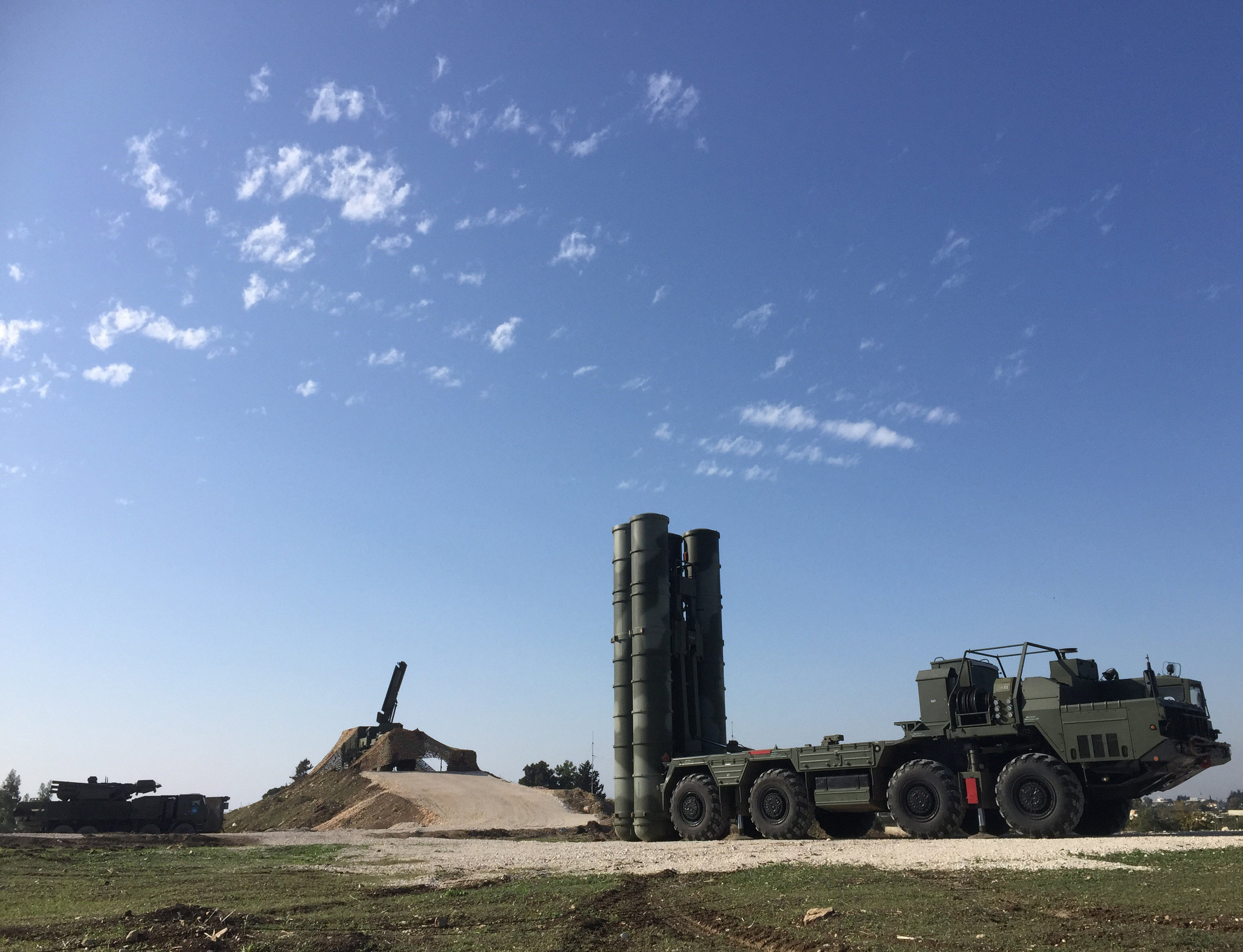
Moscow’s decision to strengthen Syria’s air defenses is long overdue, says Vladimir Karjakin, retired Air Force colonel and professor at the Defense Ministry’s Military University in Moscow.
“In order to create an air defense system which can defend against any air attack, it’s not enough to use the S-300 and S-400 long-range antiaircraft missile systems,” he explained. “It’s necessary to understand that the supply of these systems to Syria was, first and foremost, a military-diplomatic move. By doing so, we demonstrated, first and foremost to Turkey, that the Russian Federation is capable of introducing a no-fly zone over Syrian territory, thus insisting that the Turkish Air Force should proceed as carefully as possible.”
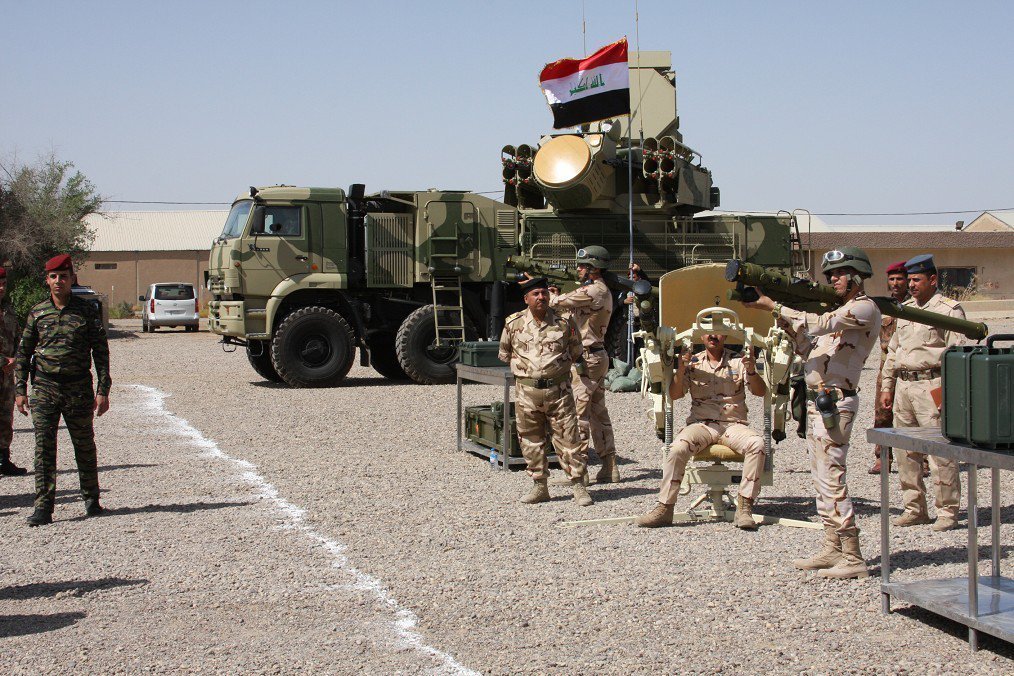

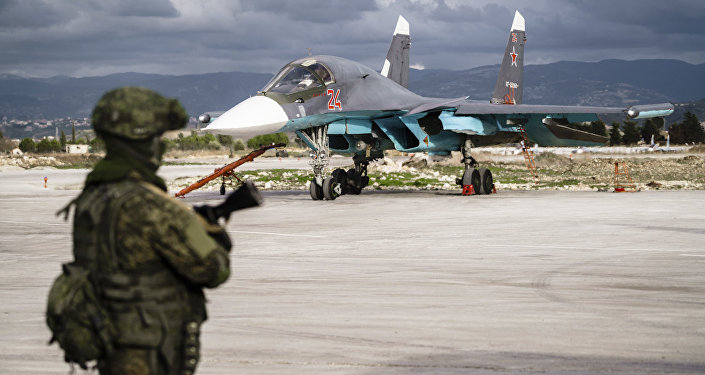


















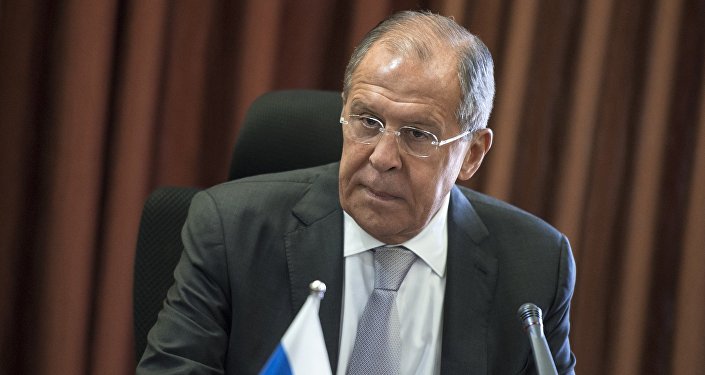








Niciun comentariu :
Trimiteți un comentariu